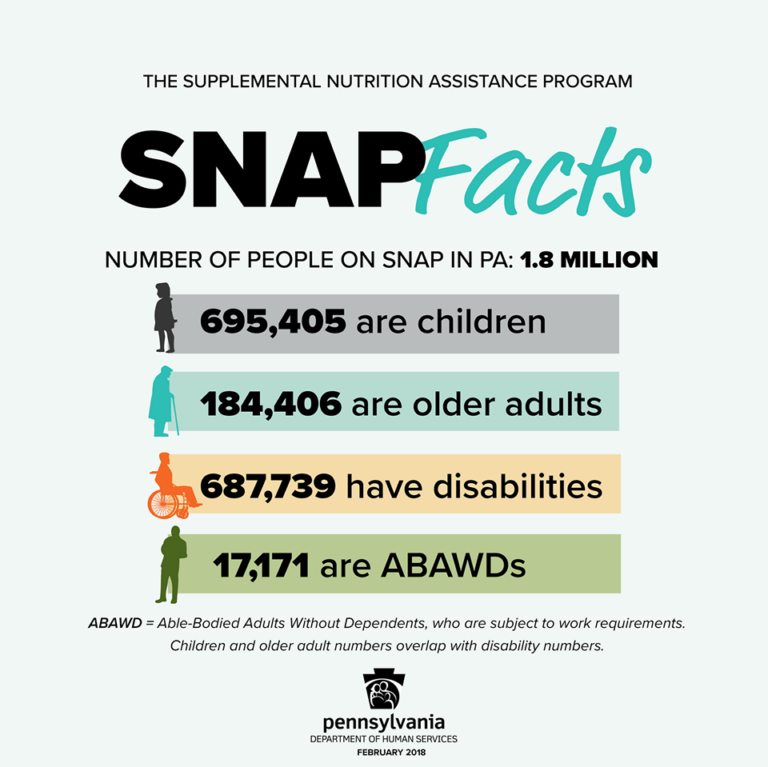

While technically illegal, the practice was inconsequential relative to the large-scale commercial elephant poaching that increased sharply in the 1980s as international ivory prices shot skyward. The Congolese government officially defined the boundaries of the park in 1970, but locals continued to hunt rodents, antelope, river hogs, and other animals for food. Such large-scale poaching wasn’t always part of Salonga’s story. Bushmeat reaches markets as far away as the capital city of Kinshasa, some 430 miles southwest ivory enters the international illegal wildlife trade to meet demand from other countries, mainly in Asia. Traversing inward from urban centers hundreds of miles away, poachers penetrate the park by way of large, navigable rivers. Overfishing is impacting river life, and the use of mosquito nets to indiscriminately capture fish of all sizes disrupts reproduction cycles. These poachers are among the greatest threat to Salonga and the future of wildlife within its borders, targeting forest elephants for their ivory, as well as “bushmeat” species such as antelopes, buffalo, and monkeys. Commercial poachers, by contrast, make use of extensive, organized networks to acquire illegal automatic weapons, ammunition, communications tools, and a host of other resources that put them at a distinct advantage over Imbile and her colleagues.


The park’s many wetlands and flooded forests compound mobility challenges caused by the lack of roads and airstrips. Just 352 rangers monitor millions of acres here, and they do so with insufficient equipment and almost no communications infrastructure. Using GPS to mark animal sightings and signs, they keep an eye out for footprints and small broken branches, which poachers sometimes snap, Hansel-and-Gretel style, to help them retrace their paths. They rarely follow paths, particularly in the vast swampy parts of the park where water can reach their waists. Rangers patrol in groups of 15, but often split into two groups to cover more ground. Imbile is one of 16 women who serve as park rangers in Salonga, and one of only eight who patrol the park. At dawn Imbile’s patrol will head deep into the jungle for two weeks. The forest around her is alive with the screeches of monkeys and the cries of birds. She finishes a meal wrapped in banana leaves and arranges the bedding she and her fellow park rangers will share come nightfall. On an evening in mid-May, Nana Imbile sits beneath the thatched roof of a pavilion at a research site about 45 minutes by boat downstream from Salonga headquarters in Monkoto. Virtually no infrastructure exists outside of Salonga’s modest headquarters in Monkoto, and moving swiftly from place to place to address problems is nearly impossible. And for all the benefits of the park’s remoteness, its isolation also enables discreet access for commercial poachers, often with limited risk of pursuit or capture. The sheer size of Salonga-as well as the presence of more than 500 villages in the agricultural corridor and buffer zones-makes the cost and logistics of hiring, retaining, equipping, and deploying enough rangers to protect all corners of the park prohibitive.

“Salonga has remained more or less intact, and we must keep it in that state.” But doing so is no small matter. “This forest feeds the whole planet with fresh air,” says Pierre Kafando, the park’s manager. A lack of infrastructure connecting the park to population hubs protects their habitat from business interests, though roads are slowly encroaching on this World Heritage Site. At least 51 species of mammals, 129 species of fish, and 223 species of birds make their homes in Salonga. Within the park’s borders live forest elephants, indigenous Congo peacocks, bongos, giant pangolins, and a host of other wildlife, including an estimated 40% of the world’s bonobo population.



 0 kommentar(er)
0 kommentar(er)
